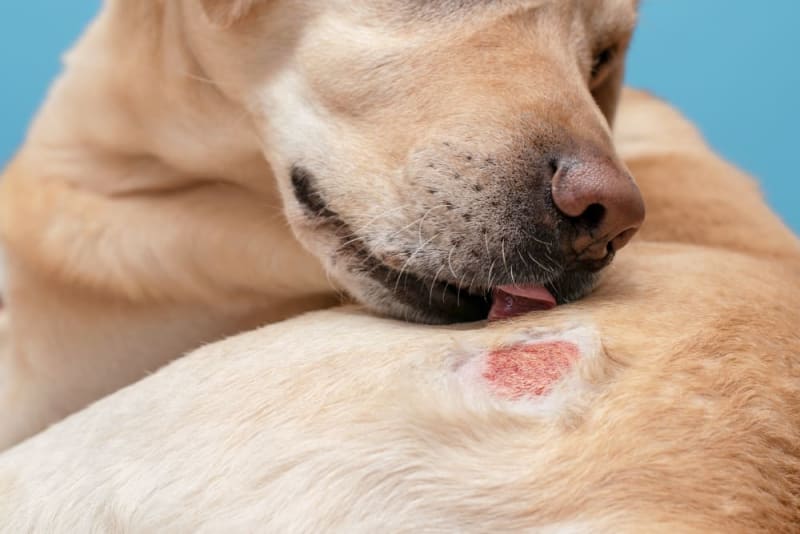If your dog seems itchier than usual, you’re not alone. In Singapore, environmental and seasonal allergies can flare up at this time of the year due to increased humidity, pollen, or dust mites. Just like humans, dogs can suffer from allergies that lead to incessant scratching, paw licking, or even irritated skin. Luckily, there are simple and effective ways to help alleviate their discomfort right from your home.
Understanding Seasonal Allergies in Dogs
Environmental allergies, also known as atopic dermatitis, are triggered by allergens like pollen, mould, dust mites, and grass. While Singapore’s climate remains consistent throughout the year, certain allergens can become more prevalent during wetter or drier months. Dogs with allergies might display symptoms such as:
-
Red, inflamed skin
-
Excessive scratching or licking
-
Ear infections
-
Hot spots
-
Chewing on their paws
Home Remedies to Soothe Your Dog’s Itchy Skin
Here are some accessible remedies to keep your furry friend comfortable:
-
Oatmeal Baths Oatmeal is a natural skin soother that can reduce irritation and inflammation. Use plain, unsweetened oatmeal and blend it into a fine powder. Mix it with lukewarm water to create a soothing bath for your dog. Let your pup soak for about 10-15 minutes.
-
Coconut Oil Rich in lauric acid, coconut oil has antimicrobial and anti-inflammatory properties. Gently massage a small amount onto your dog’s itchy spots to moisturise and heal the skin.
-
Apple Cider Vinegar Rinse Dilute apple cider vinegar with equal parts water and use it as a rinse or spray. It helps combat bacteria and yeast on the skin. Be cautious not to use this remedy on open wounds as it may sting.
-
Regular Wipe-Downs After walks, wipe your dog’s paws and fur with a damp cloth to remove potential allergens like pollen and dust. This simple step can minimise allergen exposure.
-
Hypoallergenic Dog Beds Your dog’s sleeping environment plays a crucial role in managing allergies. Allergens like dust mites can accumulate in bedding, exacerbating symptoms. That’s why our kapok-filled dog beds with cotton covers are an excellent choice for sensitive dogs. Kapok is a natural, hypoallergenic material resistant to dust mites, mould, and mildew. Pairing it with breathable cotton covers ensures a clean and allergy-friendly space for your dog to rest. To keep allergens at bay, wash and change bed covers regularly—we recommend doing this at least once a week.
When to Consult a Vet
While these remedies can provide relief, it’s essential to consult your veterinarian if:
-
The symptoms persist or worsen
-
Your dog develops open wounds from scratching
-
You notice recurring ear infections or hair loss
Your vet might recommend allergy testing, medicated shampoos, or prescription treatments to address more severe cases.
Comfort Begins at Home
Helping your dog through allergy season doesn’t have to be complicated. With simple remedies like oatmeal baths, coconut oil massages, and a hypoallergenic sleeping setup, you can make a big difference in their comfort. Don’t forget that a clean environment is just as important as topical care—so start with their bedding and keep allergens at bay with regular maintenance.
Your dog deserves itch-free naps and happy, wagging tails. Try these tips today and let your furry friend enjoy the comfort of a well-managed allergy routine!




